Having grown up in South Africa, I have a very strong desire to see elephants in their natural habitat again. Free and wild. There is nothing more spectacular than animals, happy in their natural environment without threat from mankind.
Sadly, this is harder and harder to find in the world today.
 |
| Map of Sri Lanka ~ Udawalawe National Park close to the bottom of the map, marked in RED. |
When we meet the Eco team of Big Game Camps and Lodges in Udawalawe, I am as excited as I ever was, as a kid.
The memories of going with my family to the Kruger Park in South Africa, during my childhood, are strong and vivid. My parents would pile all four small children into the car before dawn, still in pajamas and half asleep, to begin the long drive to the park from Johannesburg.
At the game park, we stayed in the most basic accommodations, rustic round concrete bungalows with thatched roofs and metal beds ~ which added to the overall excitement for us kids.
Our days at the park involved heading out in our family car, in the early mornings after dawn and end of day at dusk, driving around, scanning the horizon for elephants, giraffe, zebra, deer, lion and rhino. No fancy safari jeeps, naturalists or guides. More of a “do it yourself” safari.
I loved it every time!
There is no doubt that these early experiences, and this exposure to wildlife as young children, instilled in all four of us, an intense love and respect of wildlife and nature.
Later as a teenager, I went on a once in a lifetime trip with my brother and my parents in a camper van to what was at the time called South West Africa and is now Namibia.
We visited a lion park, and saw huge flocks of flamingoes (an amazing spectacle) but the one sight which touched my heart the most, was the elephants at the water hole near Etosha Pan. Etosha Pan is a huge area which was once a lake but dried up completely. What was left was an enormous salt pan for miles and miles, affording great sightings of game.
Being here at Udawalawe in Sri Lanka, the memories and impact of that trip to Namibia flood over me and somehow both of these experiences feel equally vivid and monumental in my life.
Ben and I meet the team at the gate to Udawalawe park. A naturalist, and wildlife park guide and driver for the safari jeep with raised seats, for easy viewing, are ready to go.
We are the only ones and have the experts and jeep to ourselves!
The naturalist and the wildlife guide are fabulous ~ walking encyclopedias of wildlife knowledge, equipped with wildlife reference books for added visuals and information which they share readily with us at each animal sighting.
Certainly a treat, as we both learn a lot from the first few minutes we drive into the park and until we leave.
If you have never seen an elephant in the wild, emerging from behind the trees and walking in front of you, you have not lived!
We are both passionate about animals and nature, but this is Ben’s first time to have a safari experience. He is enjoying every minute of it as much as I am. The naturalists spot eagles, but Ben is the natural “elephant guy” and is first to spot them every time.
It is not long that we notice how extremely dry the park is. The usual monsoon season, which was supposed to start four months ago, has not brought rain and there is a drought.
The lagoons and rivers are literally dried out with hard ground, and many of the trees have lost their leaves due to lack of water. This harsh Climate Change reality is having devastating impact on the wildlife.
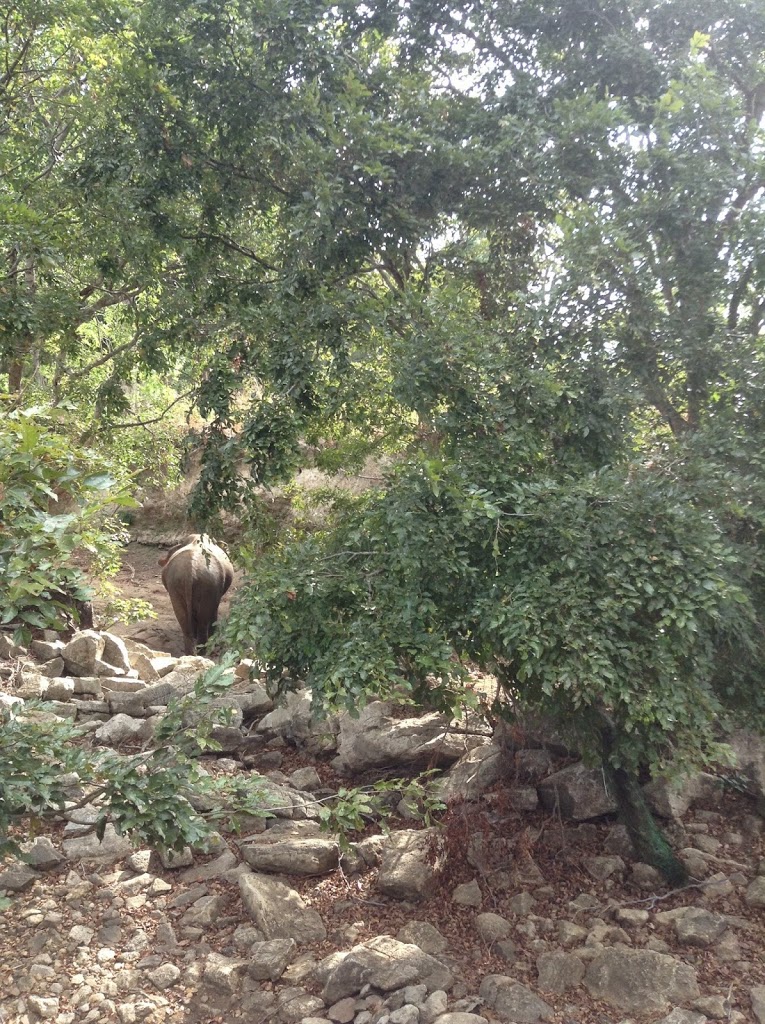 |
| An elephant in a river bed looking for water. Elephants genetically know where to go for food and water and climate change is impacting their ability to find nourishment in many different ways. |
Elephants in particular are suffering. They are hungry. They eat an enormous amount ~ 250 kilos per elephant, per day. Most of their day’s activity revolves around walking to food and water sources.
The elephants in the park are thinner than they should be and it is heartbreaking to see some of them standing in dry river beds and lake beds scratching (without success) at the ground trying to get water where they know and remember it should be.
Fortunately Udawala National Park has a man made reservoir which was built for energy and human consumption, but serves the animals as well. However, the water in the reservoir is now at its all time lowest, but at least there is one body of water which is wet.
Elephants especially, need more than water, they need rain which will allow the trees to regenerate their leaves, which will give them their source of food.
The reservoir is in one corner of the park, and all the trees in the surrounding area died when the reservoir was built. This means there is no shade and no food in the surrounding area where the only water source is currently found.
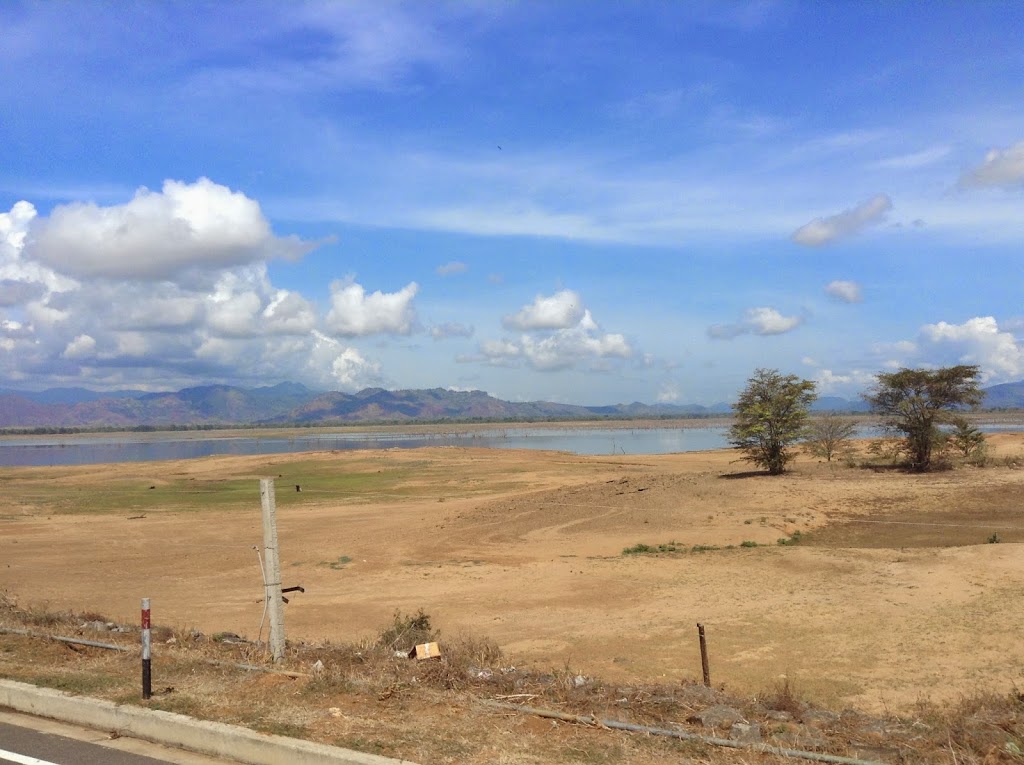 |
| A view of the reservoir from the road. Usually at this time of the year the water level is high. |
While we are in the park feeling despondent about this desperate situation, the clouds start to get dark and heavy and eventually we hear rumbles of thunder.
It seems that for the first time in four months, Udawalawe is about to get rain!
We can feel the excitement in the air. The naturalist and park guide are happy, as are we, and the animals of course smell and sense the start of rain.
Drops start to fall and finally it is actually raining! The rain falls hard and strong and my favorite smell which is of dry earth being hit by rain, permeates the air.
The sky fills with pelicans coming to roost in a huge tree near where we park the jeep for a while to celebrate the rains coming ~ with a cup of tea. How very South African!
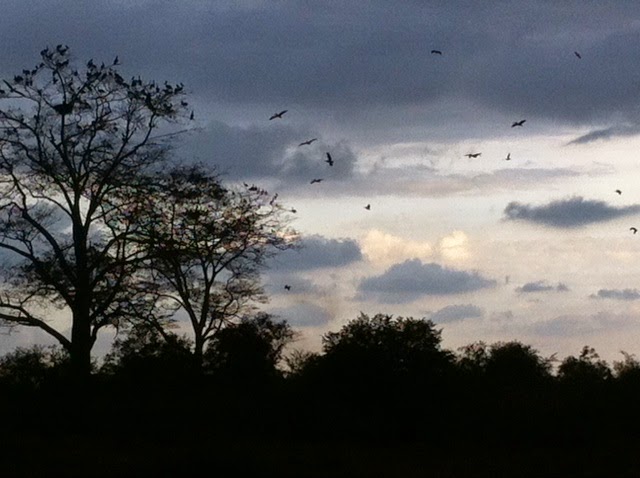 |
| Pelicans fill they sky as they prepare to roost in a nearby tree top. |
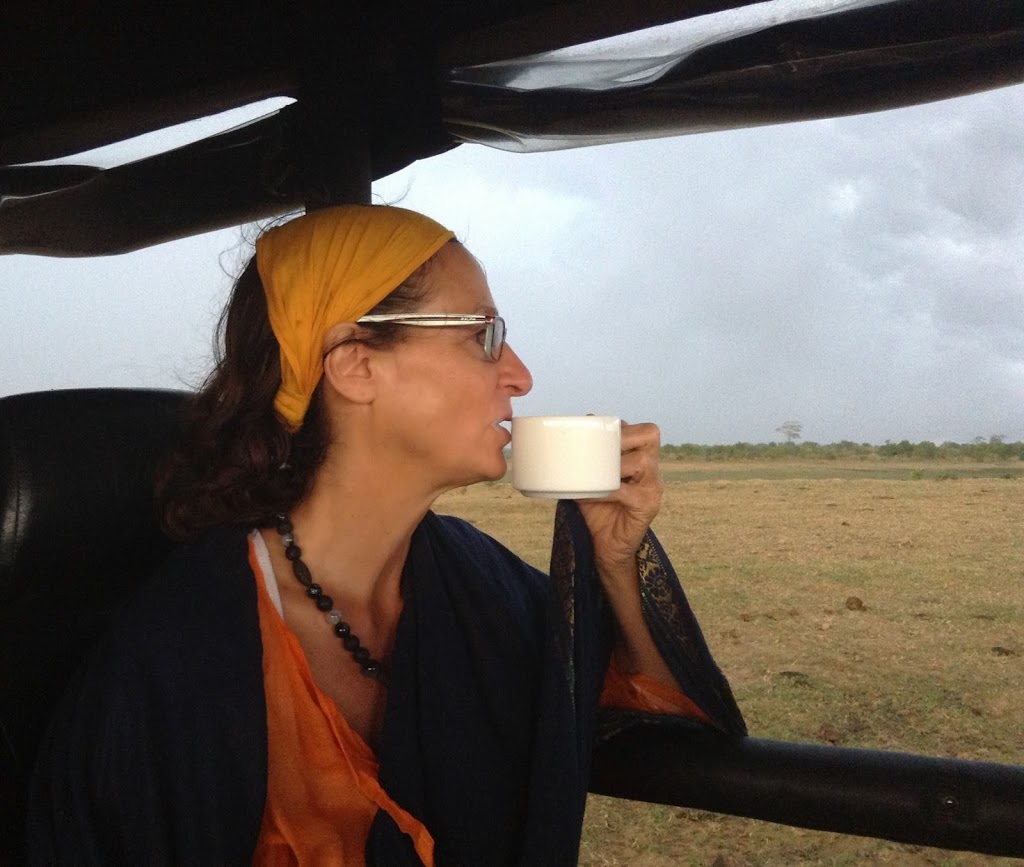 |
| A bit more luxurious than being squashed in a car with my 3 lovely siblings! |
The wild and domestic buffalo around us are positively gleeful, sitting down in the puddles of water which quickly accumulate on the dry ground. The three male elephants on the landscape are enjoying being cooled down from the days heat.
Elephants, even though they have very thick skin (2.5 inches) have extremely sensitive skin. Sensitive enough to feel a mosquito land on their skin. The reason elephants spray themselves with dirt and with water, is all about getting their skin to cool down.
Hopefully this rain is the first of many.
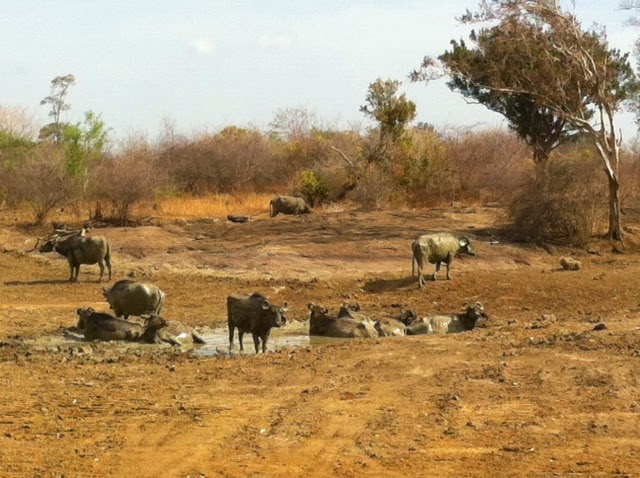 |
| This area is usually a lake filled with water .. now reduced to a small area which the water buffalo are making the most of. |
Enlarge the video to full screen for some fun elephant action!
We find out that many of the other larger parks nearby, such as Yala Park are in worse shape then Udawalawe, where we are visiting. Elephants are literally starving to death due to lack of food and water.
Another serious problem is that the elephants which are in the wild jungle (not in parks) are also hungry and they are encroaching on agricultural land in their desperation, with disastrous consequences for both humans and elephants. This is a huge problem, as the more food people need, the more they cut away the forest and jungle for agriculture, the more the food source for wildlife is depleted.
This creates an unnatural situation where elephants are coming out of the jungle and eating crops. Villagers not wanting to lose their source of income are shooting at the elephants and throwing fire bombs at them.
This is Climate Change at its most palpable, combined with economic development which is shrinking inexorably the elephants’ natural habitat. A disastrous situation! Elephant human conflict is not an abstract concept discussed by naturalists and academics in Sri Lanka. It results in weekly conflict, trauma and death of elephants and death of humans.
At the end of the day as the rain is bombarding us from all sides, we leave the park with a mix of emotions….. Happy to see rain and at the sighting of these amazing large intelligent animals and distressed at the reality of the situation.
We drive to the camp site where Big Game Camps and Lodges in Udawalawe has six tents set up after our expedition in Uduwalawe.
When we arrive it is already dark, but the campsite has been lit up with a myriad little lanterns and a camp fire glowing in the dark making for a romantic setting for dinner. This is luxe camping in style. The tents have fans, comfy BEDS even toilets and showers. Not the kind of camping we did as kids, but as empty nesters, we are quite happy to have dinner under the new moon and bright stars to the sound of the wild peacocks call, and then to crash into our soft white linens behind the mosquito netting.
Upscale camping indeed.
 |
| Nice to have hot tea and coffee right outside our tent, to start off the day. |
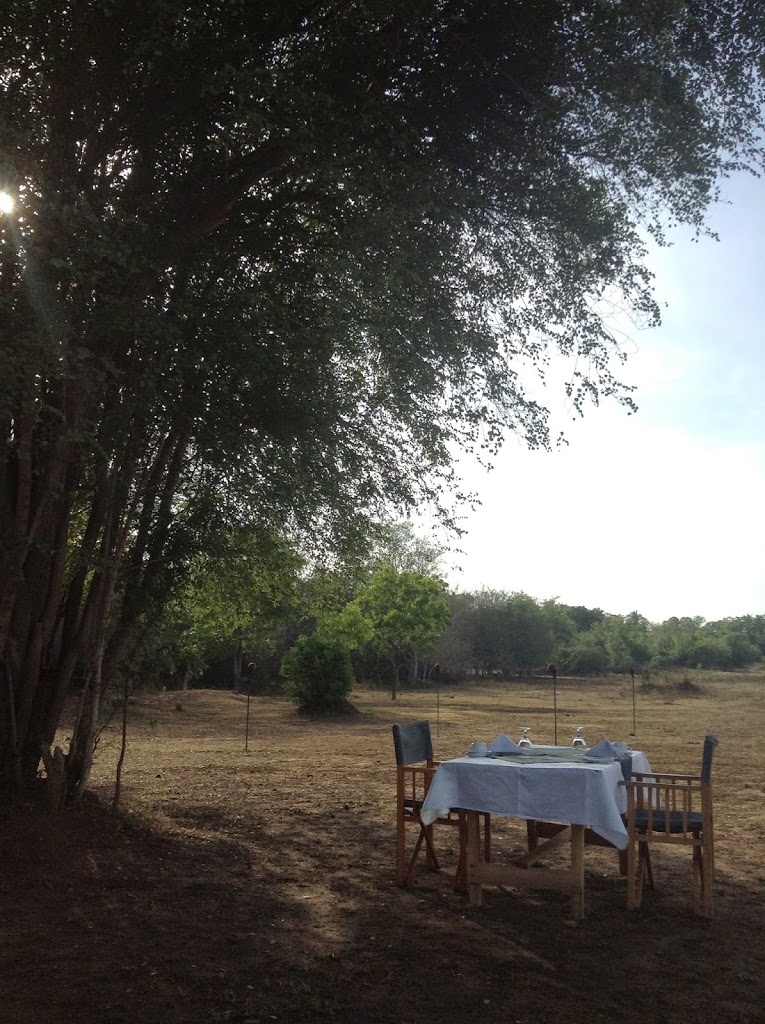 |
| Dinner and breakfast are served al fresco. |
After breakfast we head out the campsite to visit the Center for elephant babies which have been orphaned.
The purpose of the Elephant Transit Center is to provide a place where these baby elephants can get milk every three hours while returning to the park in between feedings. They have a caregiver human with them, who watches over the babies when they are outside of the center.
Eventually they will all get released into the park just as some 90 other elephants in the past. The babies have lost their mothers to illegal poachers, trains, cars, wells which they fall into or other causes. Another tragic problem is that mother elephants are shot so that their babies can be kidnapped and “domesticated” and rented out later for use in ceremonies at temples.
At the Transit center we are told the story of Namal, three years old, 650 kg, who at four months old lost one of his back legs to a land mine.
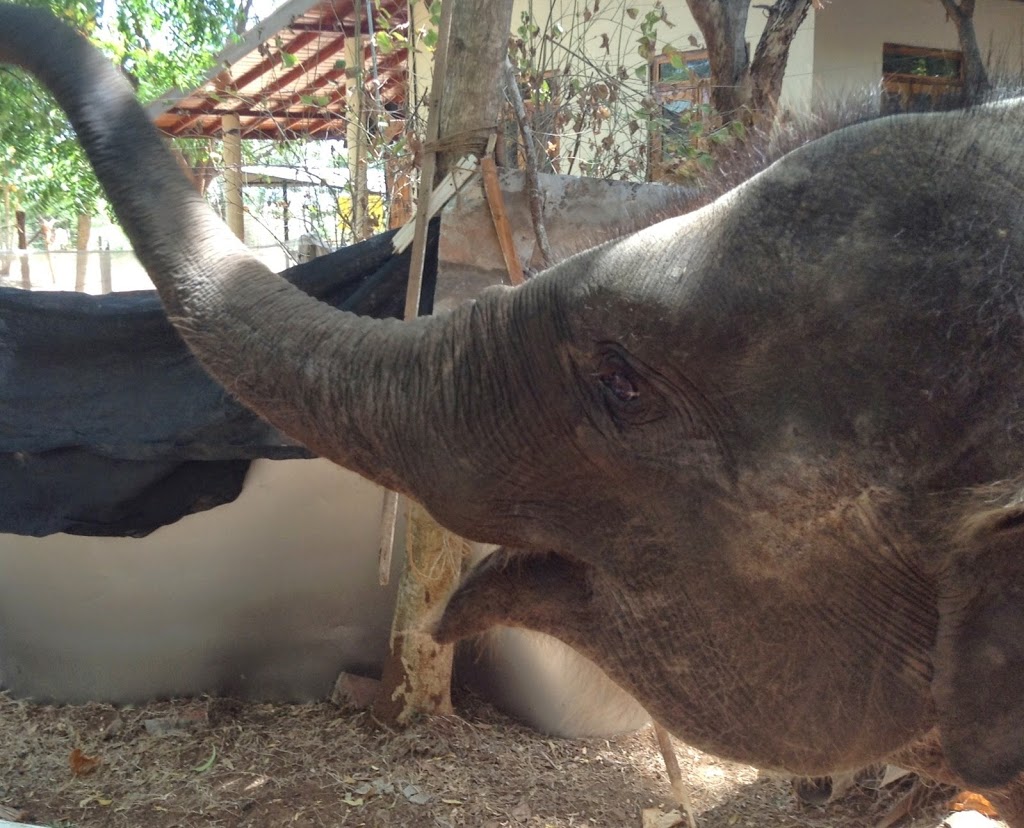 |
| Namal |
Today Namal has to live at the center and has not much chance of ever leaving. The problem is with one back leg gone, he is unable to walk very well and could certainly not manage to keep up with any of the other baby elephants or to fend for himself.
We ask if we can meet him.
At the center, touching the baby elephants is not allowed as all of them will be introduced to the wild and therefore domesticating them, and getting them used to humans is not at all the aim and would in fact be counter productive.
Namal ‘s case is different as his fate is to remain in the care of humans, probably for his whole life.
When we meet Namal, the only way to describe the meeting is…. it’s a love fest.!
We fall in love with him and he seems to like us as well… using his trunk to literally vacuum suck my face with “kisses”? and mud.
Elephants have distinctive and strong personalities and it is easy to see that Namal is eager for affection and contact.
We recommend to the staff that they acquire a dog who needs a home, to give Namal a steady companion. It is amazing how often different species of animals form very strong bonds and relationships. This suggestion is met with enthusiasm.
The staff, especially one very unique individual who assumes the role as Namal’s substitute mother and father are with him around the clock.
The staff have a very old fashioned prosthetic leg for Namal’s stump, which sort of works enough for a few steps so that Namal can at least hobble around a bit. Problem is it doesn’t fit very well and keeps falling off and the other issue is that because elephants are so large and heavy, his back is now being impacted due to the imbalance in weight.
We decide we are going to try to help Namal get a good leg. Somehow!!
I made a promise to an elephant in Viet Nam and now Ben and I make another promise, this time to ourselves. (Incidentally, I don’t make promises very often as when I do make one, I am fully intent on keeping it.)
We will develop knowledge, make alliances and articulate initiatives which can hopefully have meaningful positive impact on the elephant population in Sri Lanka.
It will take a concerted passionate effort to orchestrate a viable solution both to the large issue of Climate Change related drought and human-elephant conflict, and to the specific issue of Namal’s need for a workable prosthetics leg.
Within 24 hours Ben is in touch with the leading U.S. orthopedic surgeon for animal prosthetics at the University of North Carolina.
We are taking on this project with full realization that this will be a long effort!
So begins the quest to help Namal and Sri Lankan elephants.
For those eager to learn more about Sri Lankan Elephants:
* The elephants of Sri Lanka have long known worlwide fame. Even in the 3rd Century B.C., their superior size and fighting qualities were known to the Greeks. The export of elephants was recorded as early as the 1st Century A.D. Second to cinnamon, elephants were what attracted the Portuguese to Sri Lanka.
* An elephant herd is not a casual grouping, but a complex structure of animals, normally mohers, their offspring and their sisters. The matriarch, the largest, most experienced femail, guides the movements and actions of an elephant herd. The others benefit from her accumulated knowledge and how to find pasture and water, how to face danger, and in how to manage the herd. She decides when the group will move and where it will go.
* Elephants normally sleep on their feet. They rest for only 3 or 4 hours a day, and even during this brief period, they wake at frequent intervals, to check for danger.
* Elephants not only live within a certain environment, they play a role in its management and modification. During the dry season, elephants use their forefeet to dig holes, tapping underground springs and providing new water sources for themselves and other animals; Elephants browing on some parts of trees and plants creates a pruning effect, which promotes and stimulates new growth. Elephants use only 50% of the forage they obtain from the upper parts of trees. By leaving the remainder on the ground, they provide a food source otherwise unavailable to ground animals.







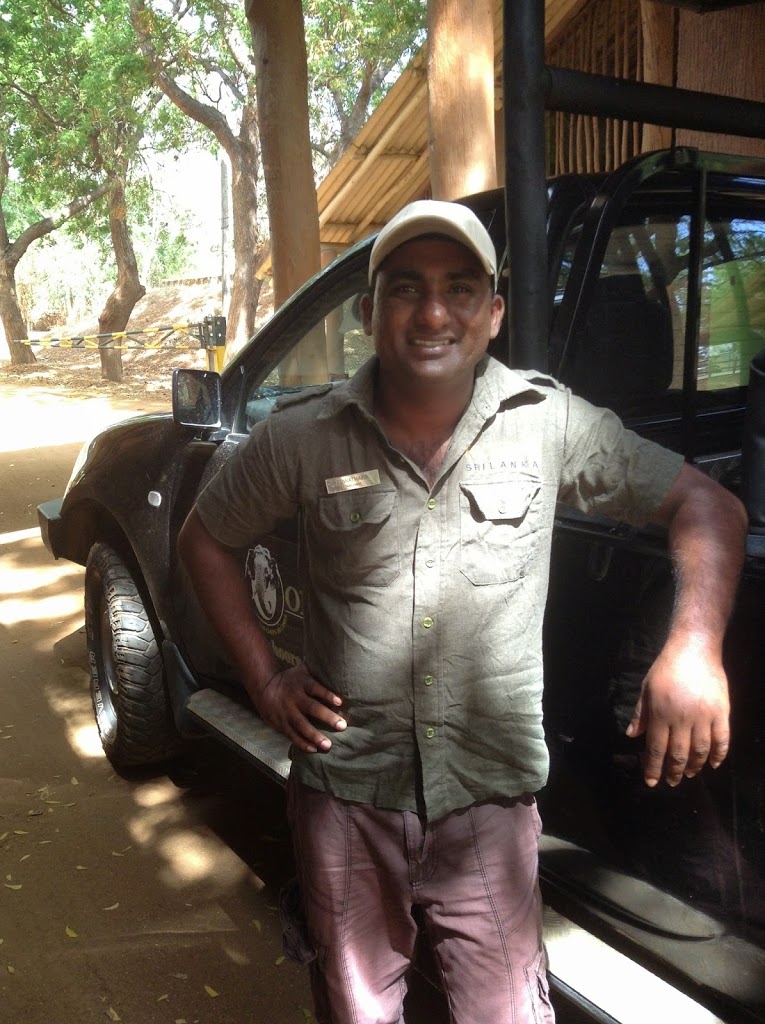
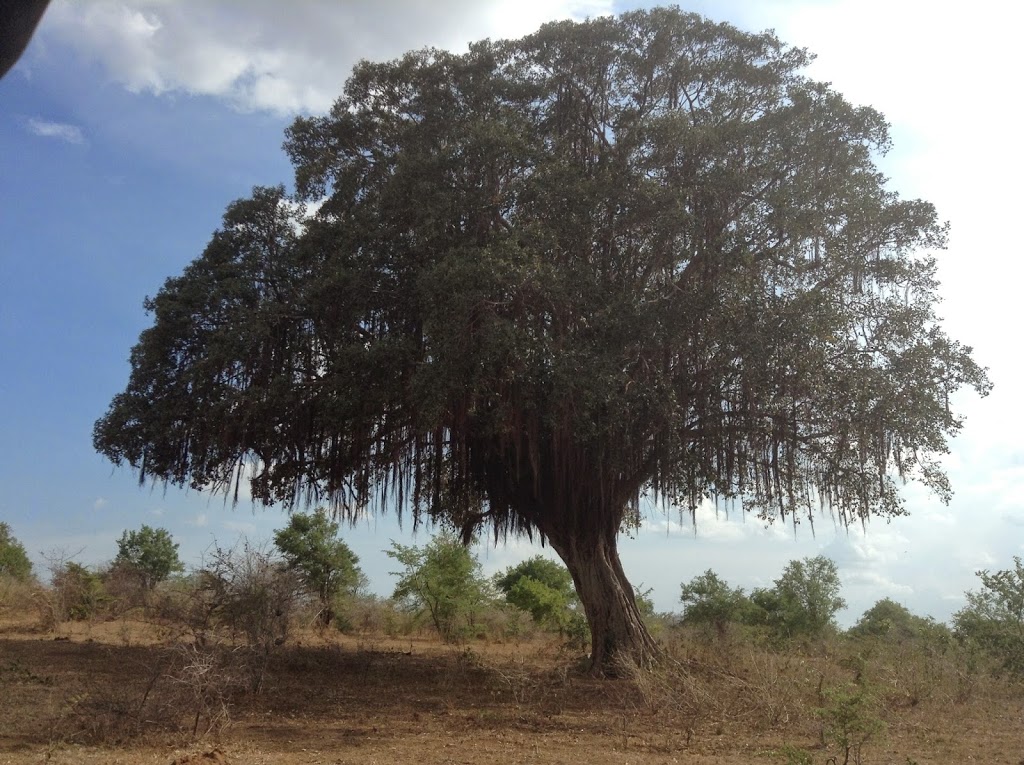
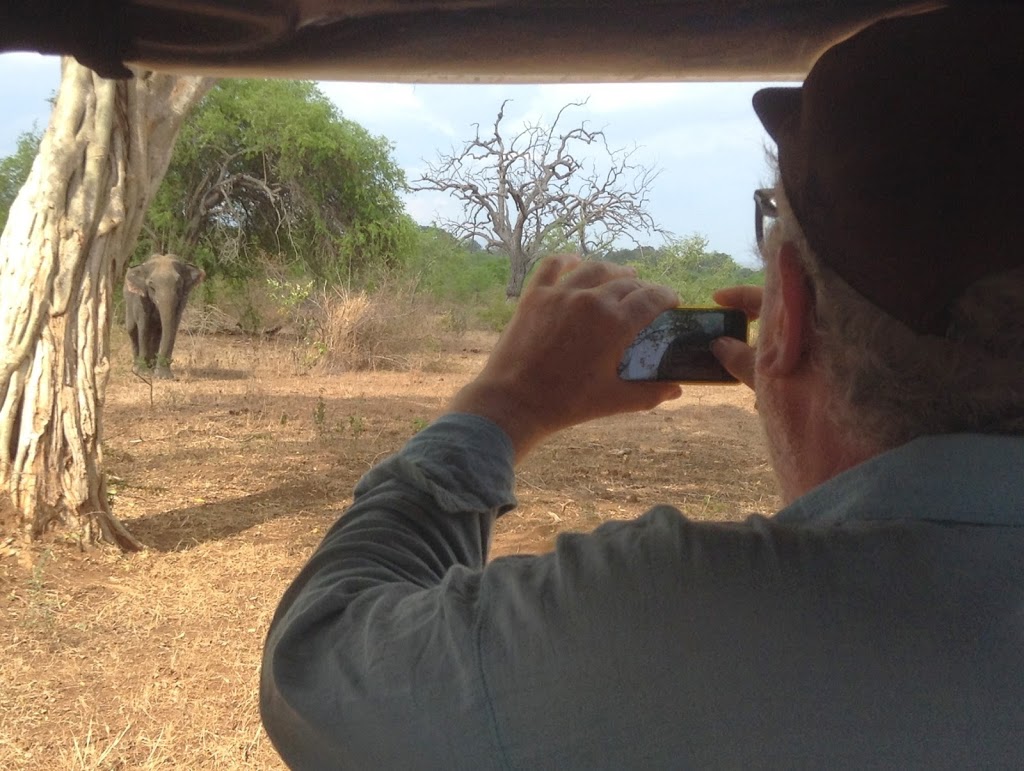
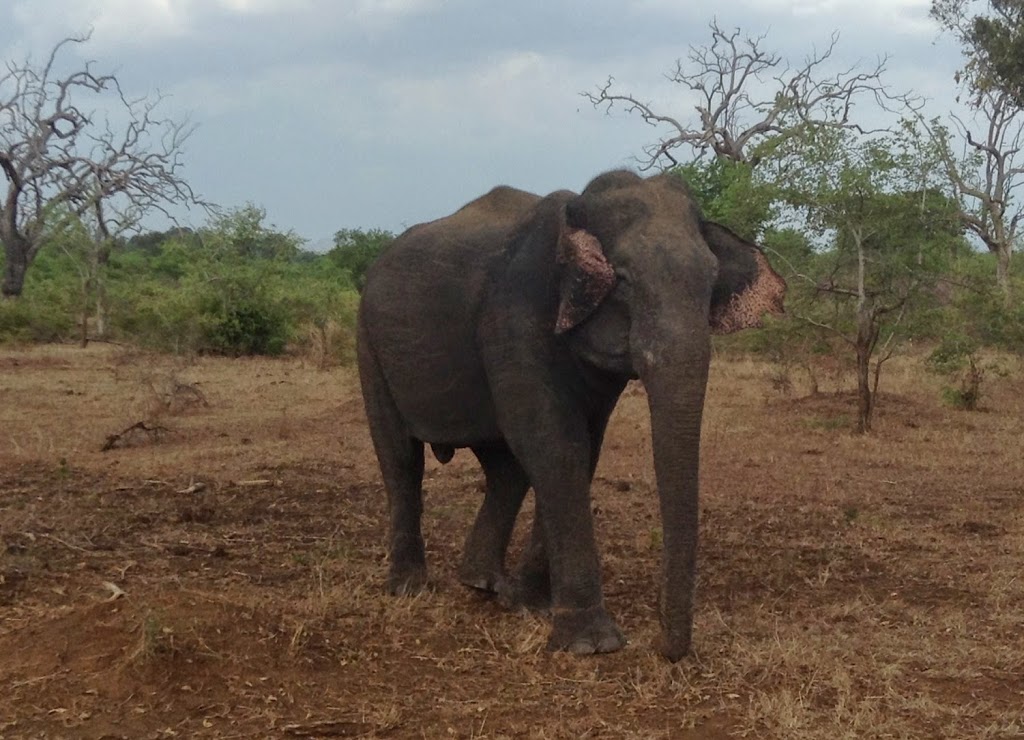
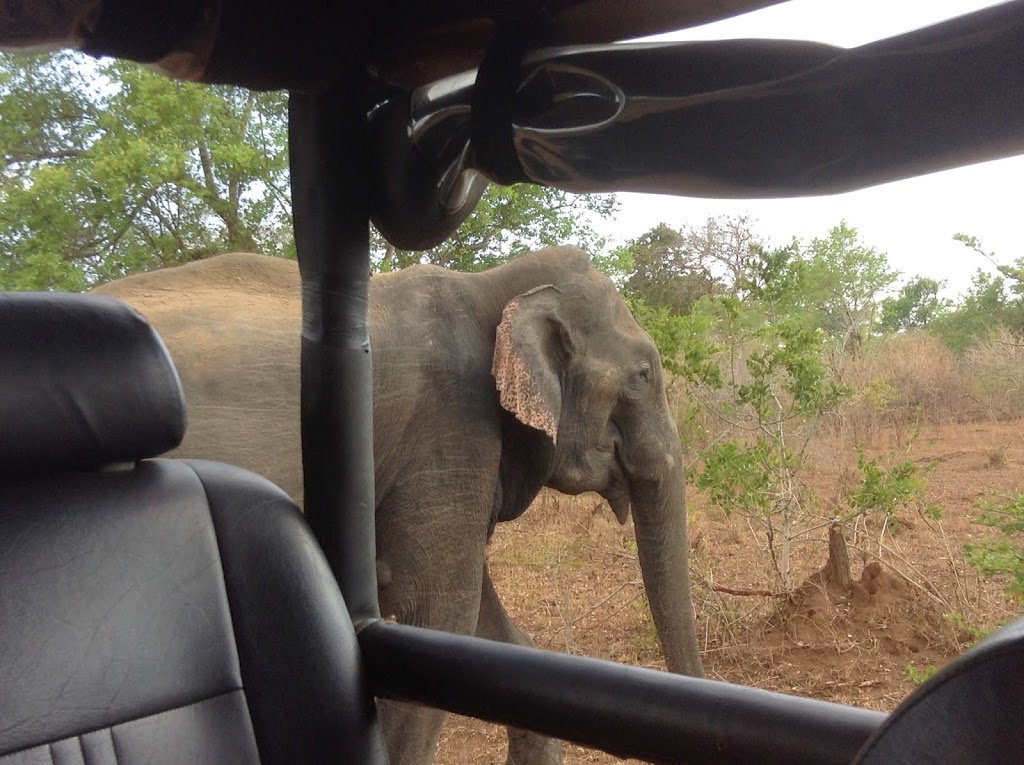

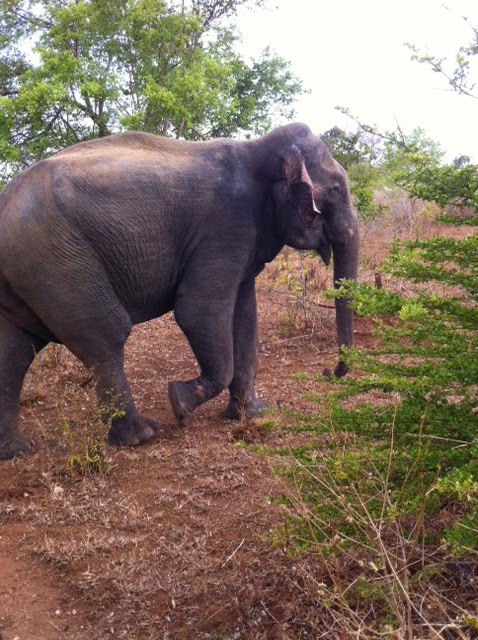

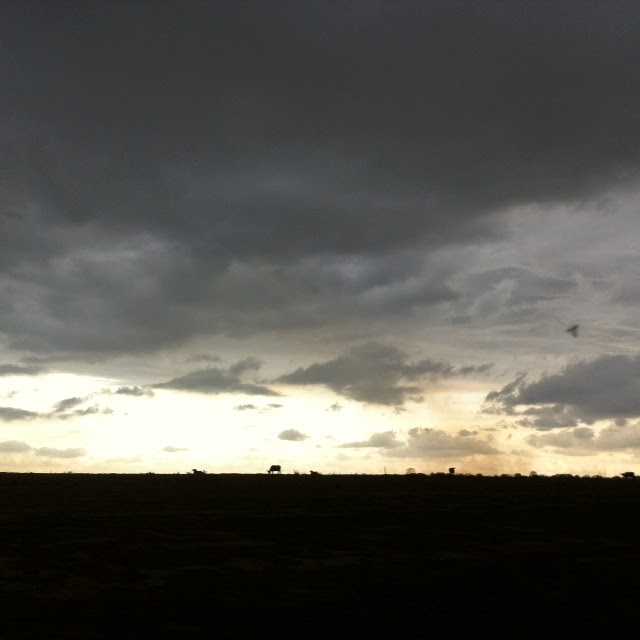

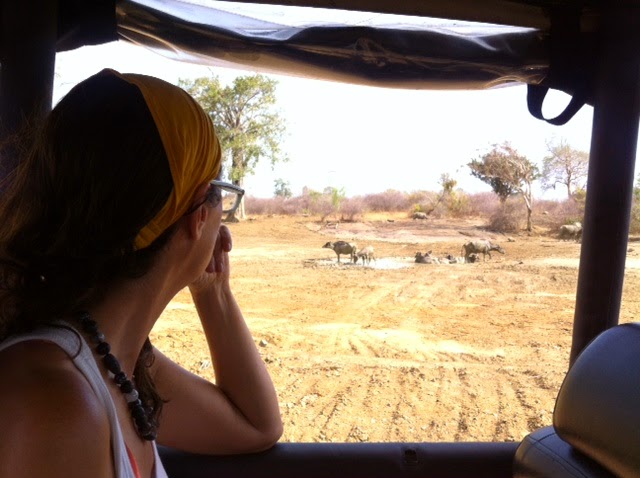
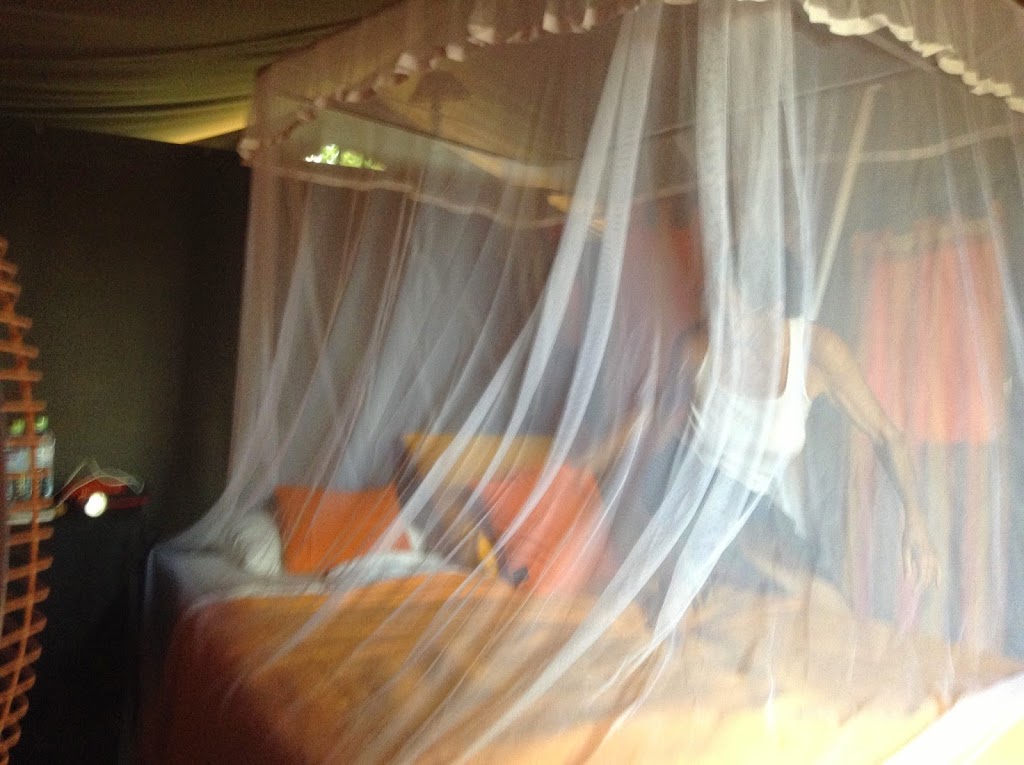
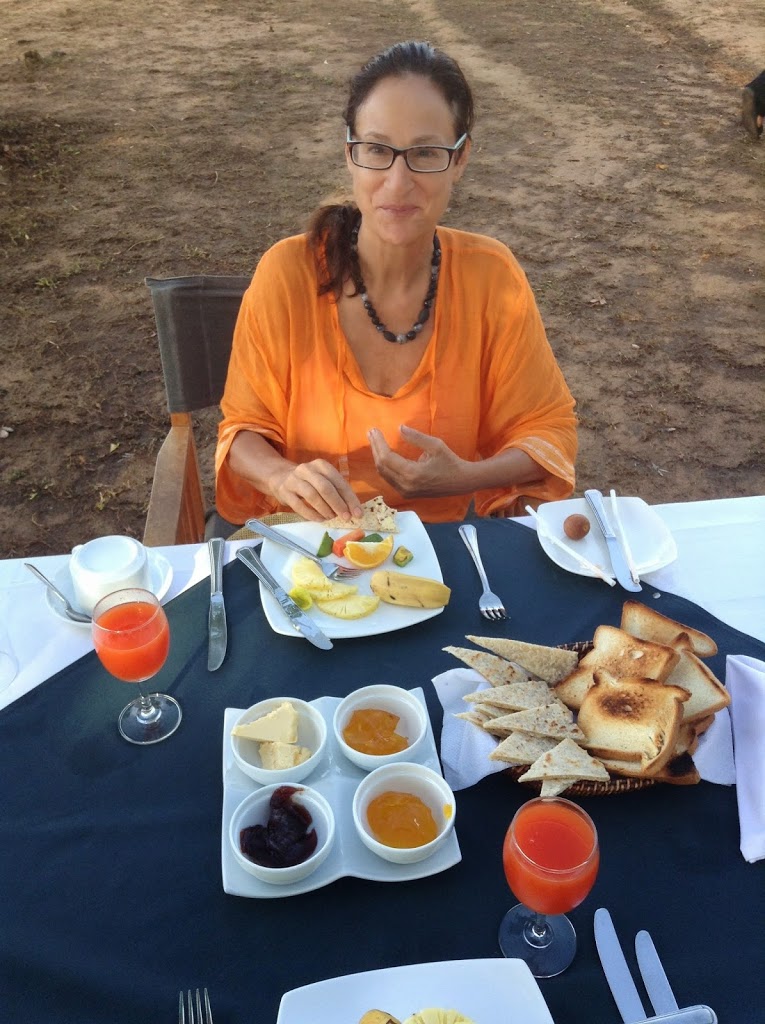
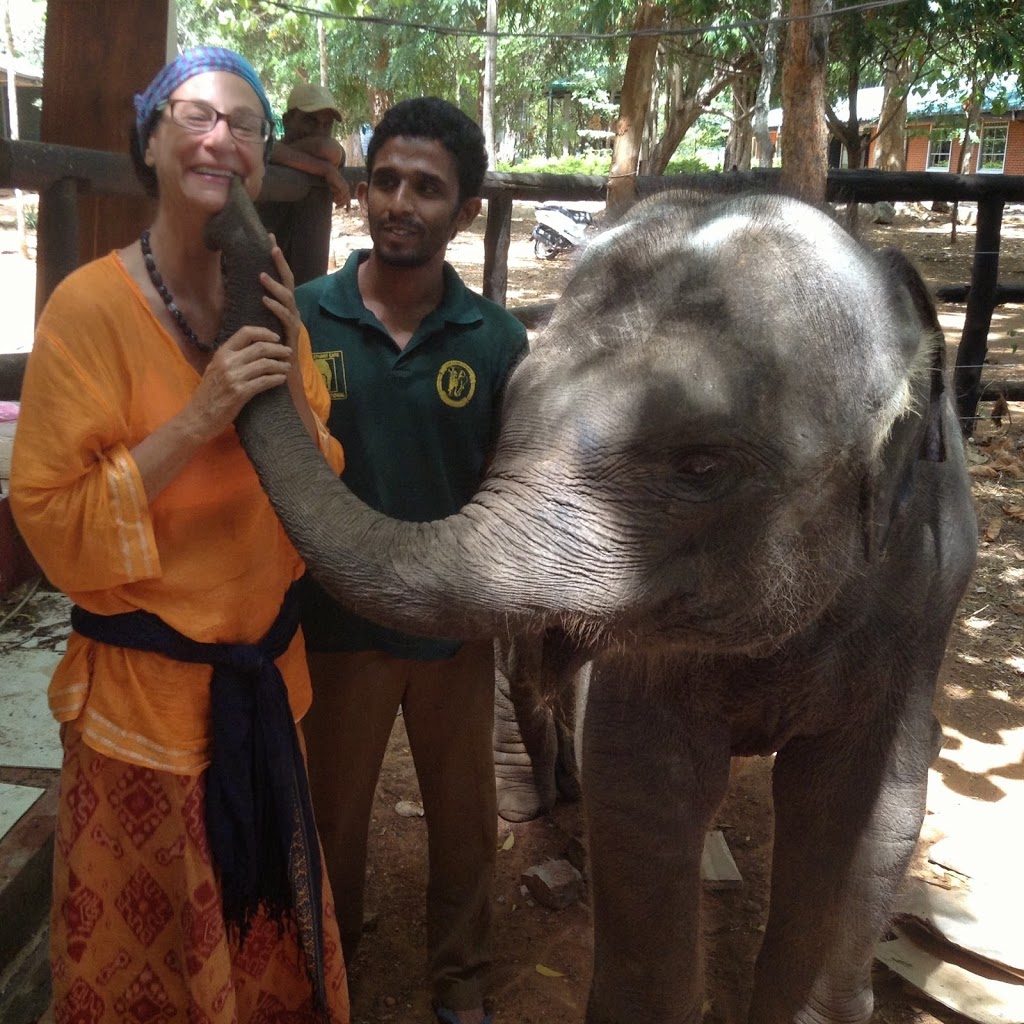
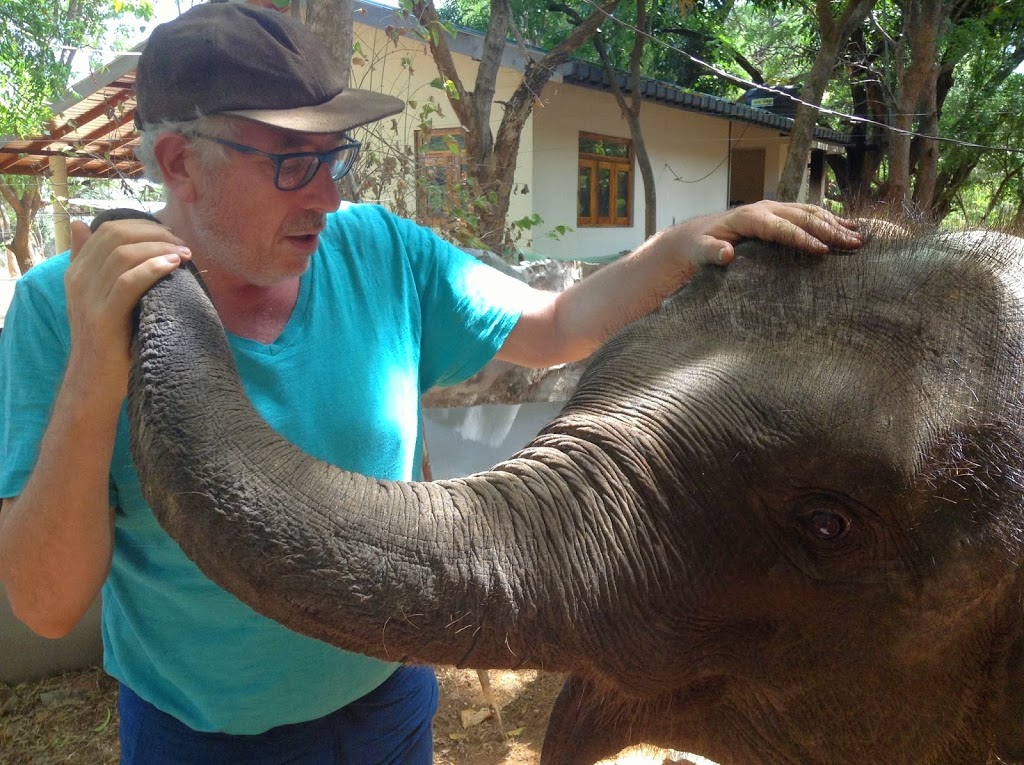
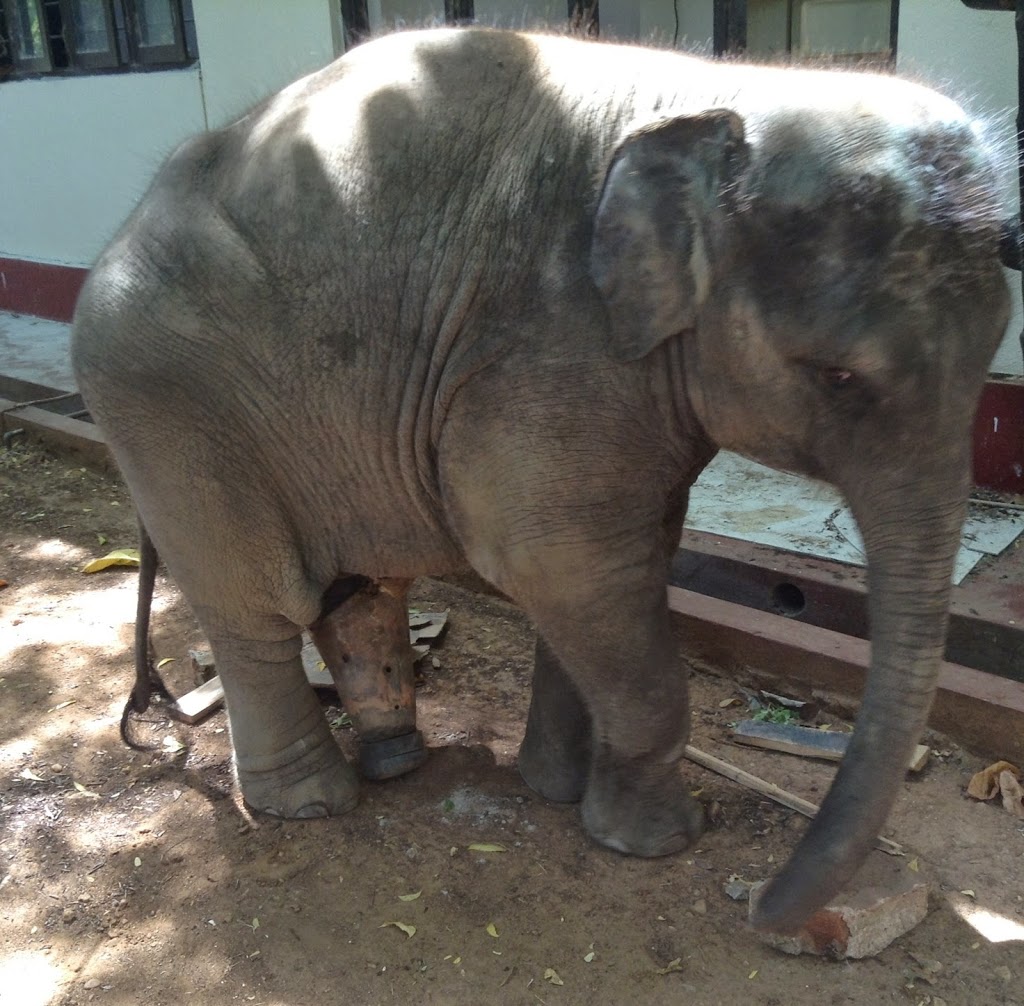
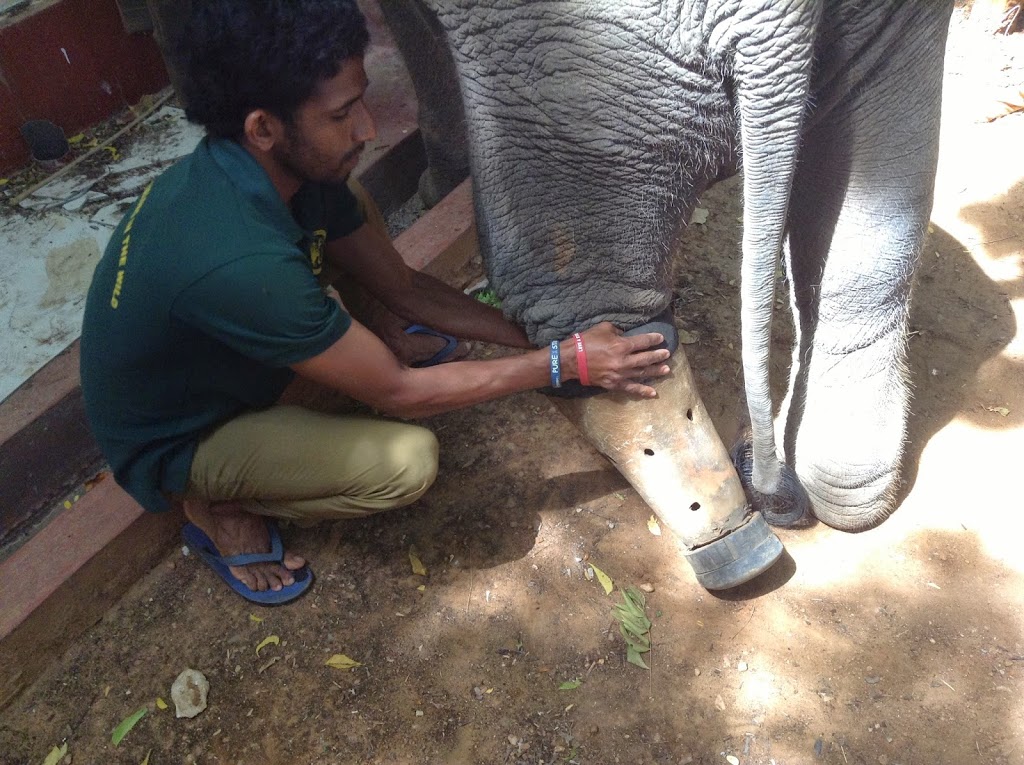
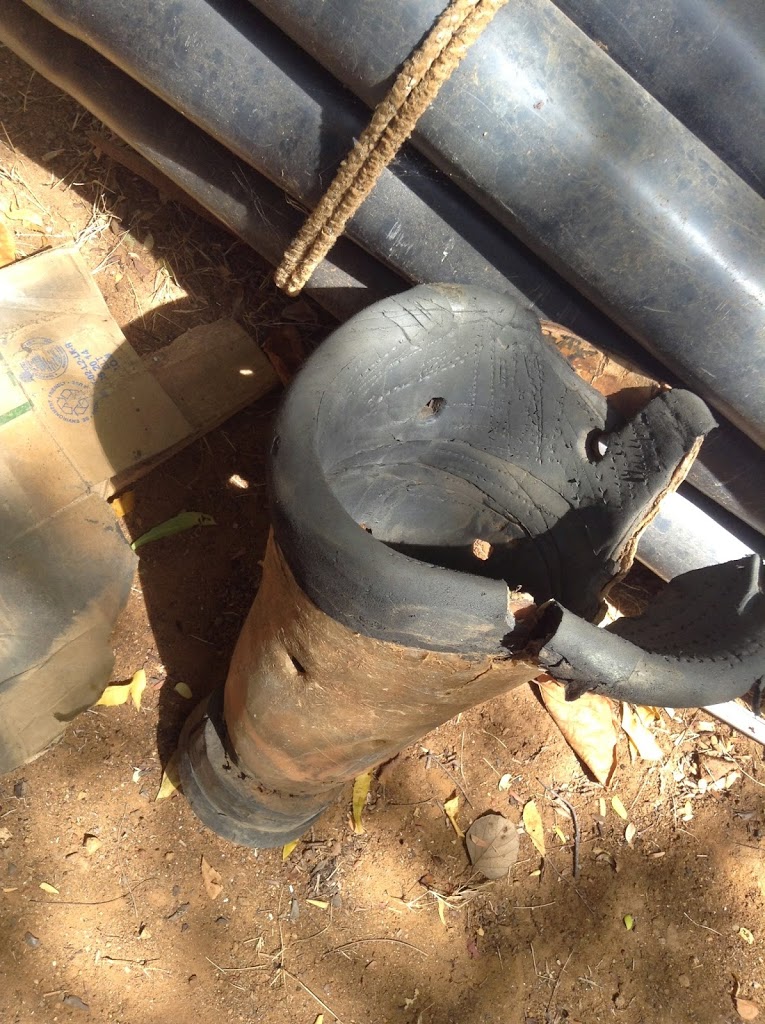
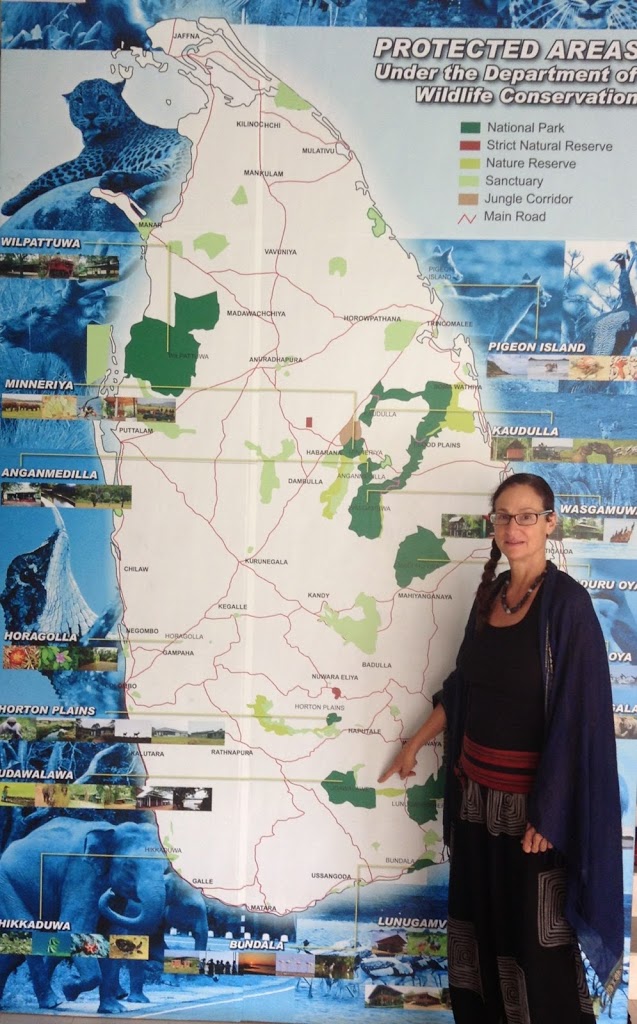
My dear Peta,
What a wonderful and interesting post! Thank you for taking me with you.
Hugs, Charles
Thanks so much Charles..This for sure was one of the most meaningful experiences during our Green Global Trek.
My memories are as vivid as yours. Great reading all about the Elephants and their surroundings.
Thanks for a great blog post.
love dina
Wonderful childhood memories of wildlife ~ gratitude to our parents SK and BK!
So glad you enjoyed this post about the elephants D. Yes, good childhood memories of the four of us squished in the car, and scanning the horizon for signs of wildlife.
My goodness, this post is lovely but filled with so much emotion! Your travels are inspiring but my heart breaks for the struggles that the animals are experiencing. These are great Peta, can’t wait to read more!
Kathy
Kathy ~
Always hard to see animals suffering. Elephants are so intelligent and capable of such deep emotions (such as grieving the loss of one of their herd, and tears of joy at being released from captivity and abuse). Today elephants are very much endangered. The African elephant in particular is at the mercy of brutal poachers who kill for their ivory tusks (all in the name of ivory trinkets, jewelry and piano keys.) As well, I think I read that 1,000 park guards in Africa have been killed while trying to protect elephants from poachers. Ivory poaching is a HUGE business in the hands of global criminal organizations. The Clinton Global Initiative is doing good work to raise funds and awareness to deal with the plight of (African) elephants.
Peta
Poor Namal….How wonderful you both are to try to help him…Bravo !!!! Keep us posted on your efforts please
I am in love with Namal. We will do whatever we can and efforts are underway to find a viable solution for baby Namal. More to come!!
Pingback: A tale of pachyderm love ~ Sri Lanka – Empty Nesters on a Green Global Trek
This is just heartbreaking—so beautiful and poignant. I had to go back and read this first before I go on to read more about Namal.
Laurel thanks for going back to read the “backstory”.
Peta